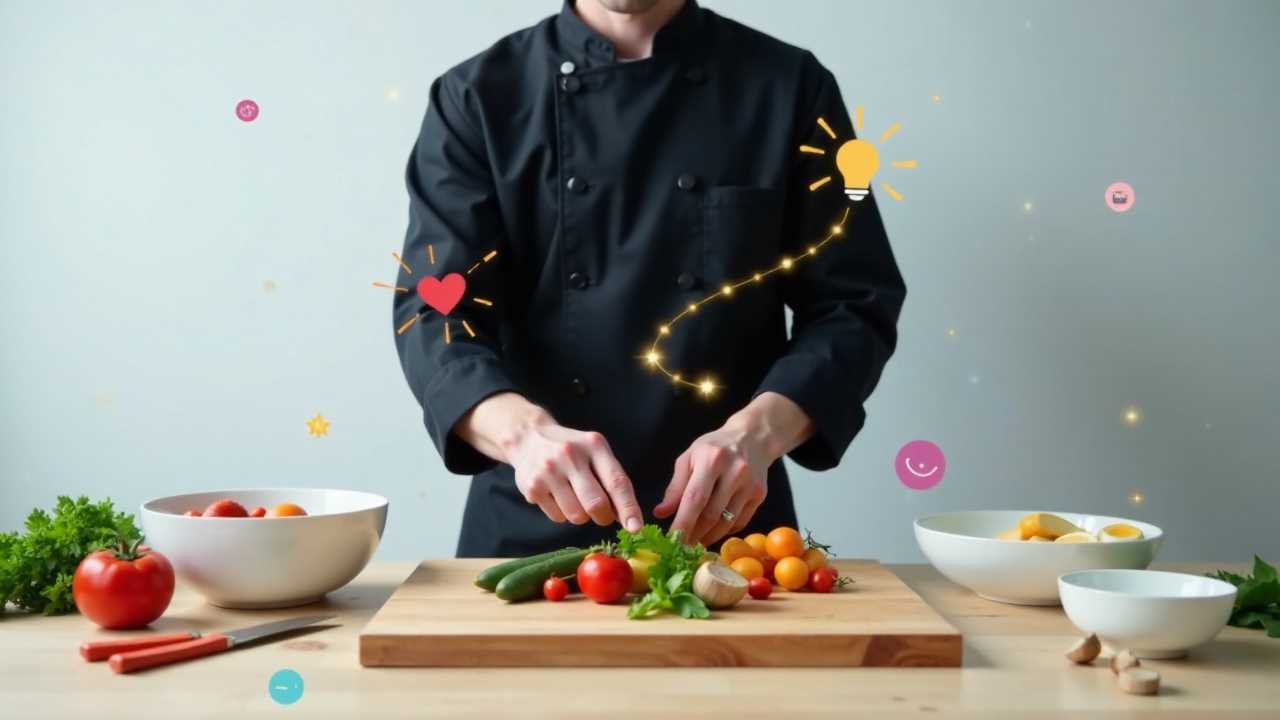
In the digital age, recipe and cooking infographics have become an essential tool for chefs, food bloggers, and culinary enthusiasts alike. These visual representations not only simplify complex cooking processes but also engage audiences through appealing design. By mastering the art of creating effective infographics, you can elevate your culinary content and captivate your audience.
Understanding Recipe and Cooking Infographics
Recipe and cooking infographics combine textual information with visual elements to create a cohesive and engaging narrative. They serve to inform and inspire, making cooking accessible and enjoyable. By integrating various design elements, you can enhance the storytelling aspect of your recipes, allowing viewers to grasp the essence of the dish at a glance.
DIY Design: Crafting Your Unique Infographic
Embracing DIY design techniques allows you to personalize your infographics. Start by selecting a theme that resonates with your culinary style. Utilize online tools and software that offer templates and customizable features. This approach not only saves time but also empowers you to create infographics that reflect your unique brand identity.
Typography Tips for Enhanced Readability
Typography plays a crucial role in the effectiveness of your infographics. Choose fonts that are easy to read and complement your design. Use a hierarchy of text sizes to guide the viewer's eye through the information. For instance, larger fonts can highlight the recipe title, while smaller fonts can detail the ingredients and instructions. Consistency in typography will enhance the overall aesthetic and readability of your infographic.
Incorporating Culinary Graphics
Culinary graphics, such as illustrations and icons, can significantly enhance your infographics. These visuals not only break up text but also add an artistic flair. Consider using images of ingredients, cooking utensils, or finished dishes to create a more immersive experience. Ensure that the graphics align with the theme of your recipe to maintain coherence.
Visual Storytelling: Engaging Your Audience
Visual storytelling is about creating a narrative through your infographic. Use a logical flow to guide viewers from one section to another, making it easy for them to follow along. Incorporate step-by-step visuals that depict the cooking process, allowing your audience to visualize each stage. This method not only informs but also engages, making your content memorable.
Effective Layout Techniques
The layout of your infographic is critical to its success. A well-structured layout ensures that information is presented clearly and logically. Use grids to organize content and maintain alignment. Balance text and visuals to avoid overwhelming the viewer. A clean, uncluttered layout will enhance the overall impact of your infographic.
Choosing the Right Color Schemes
Color schemes can evoke emotions and set the tone for your infographic. Choose colors that complement your culinary theme and appeal to your target audience. For instance, warm colors can stimulate appetite, while cool colors can create a calming effect. Consistency in color usage will also help reinforce your brand identity across different infographics.
In conclusion, mastering recipe and cooking infographics involves a blend of creativity, design skills, and an understanding of visual communication. By implementing DIY design techniques, typography tips, culinary graphics, and effective layout and color strategies, you can create stunning infographics that not only inform but also inspire your audience to explore the culinary world.
 Digital Art InstructionDIY Infographics DesignMobile Game ArtworkPersonalized Logo Design3D AnimationeBook Covers DesignPrivacy PolicyTerms And Conditions
Digital Art InstructionDIY Infographics DesignMobile Game ArtworkPersonalized Logo Design3D AnimationeBook Covers DesignPrivacy PolicyTerms And Conditions
